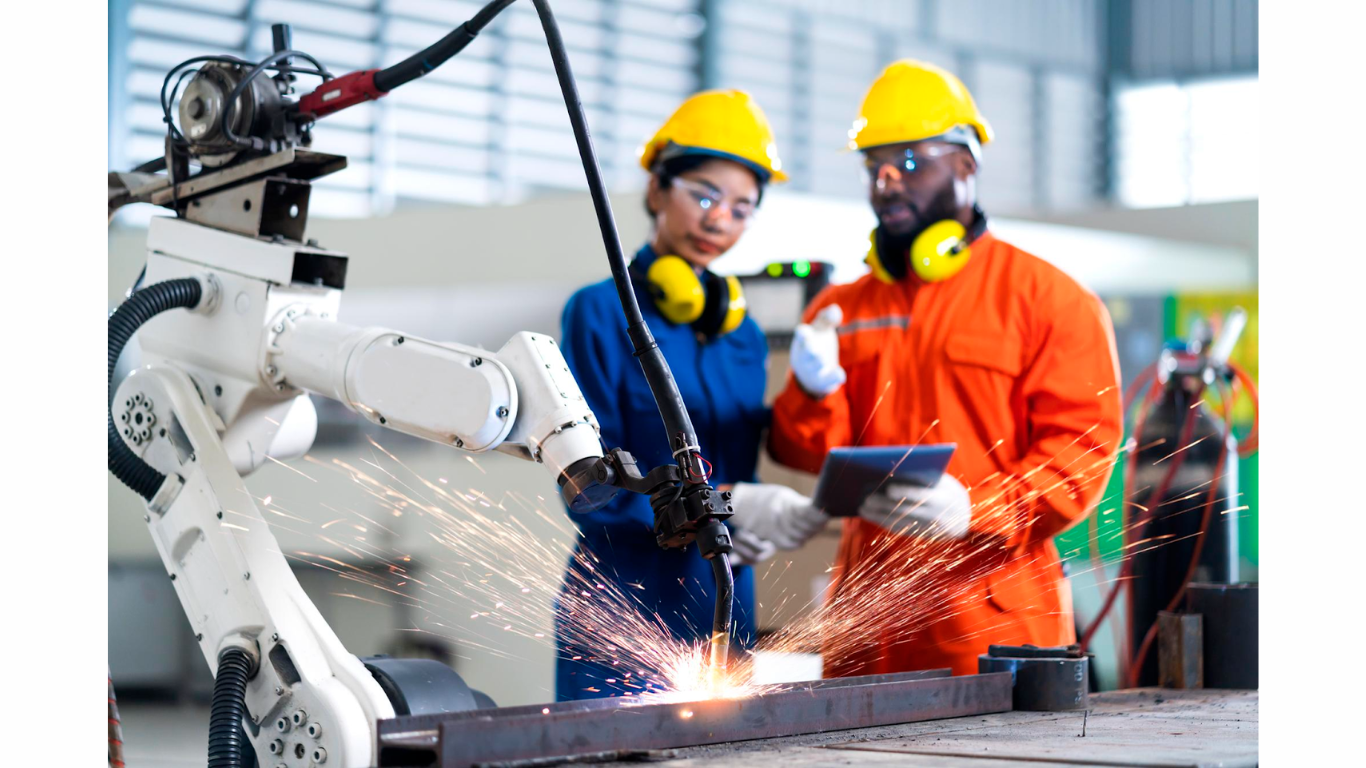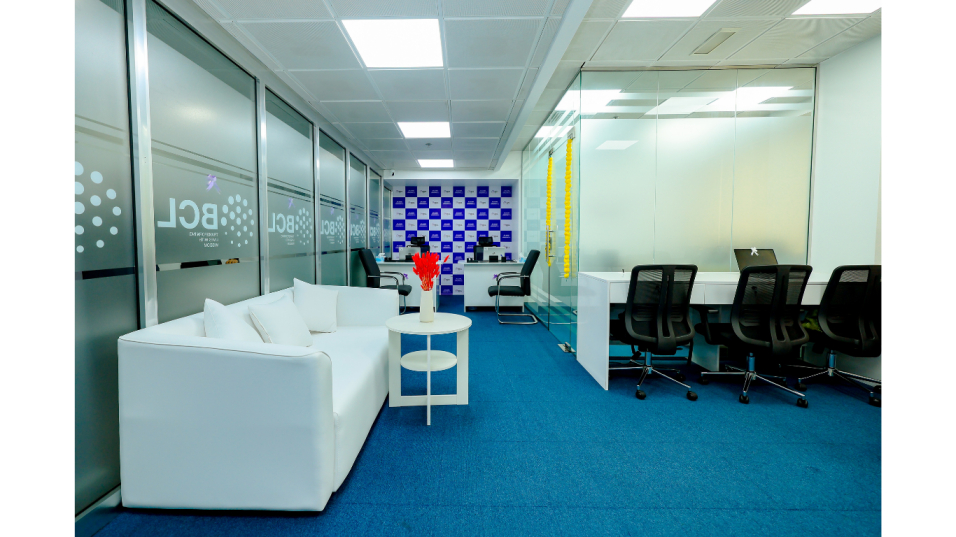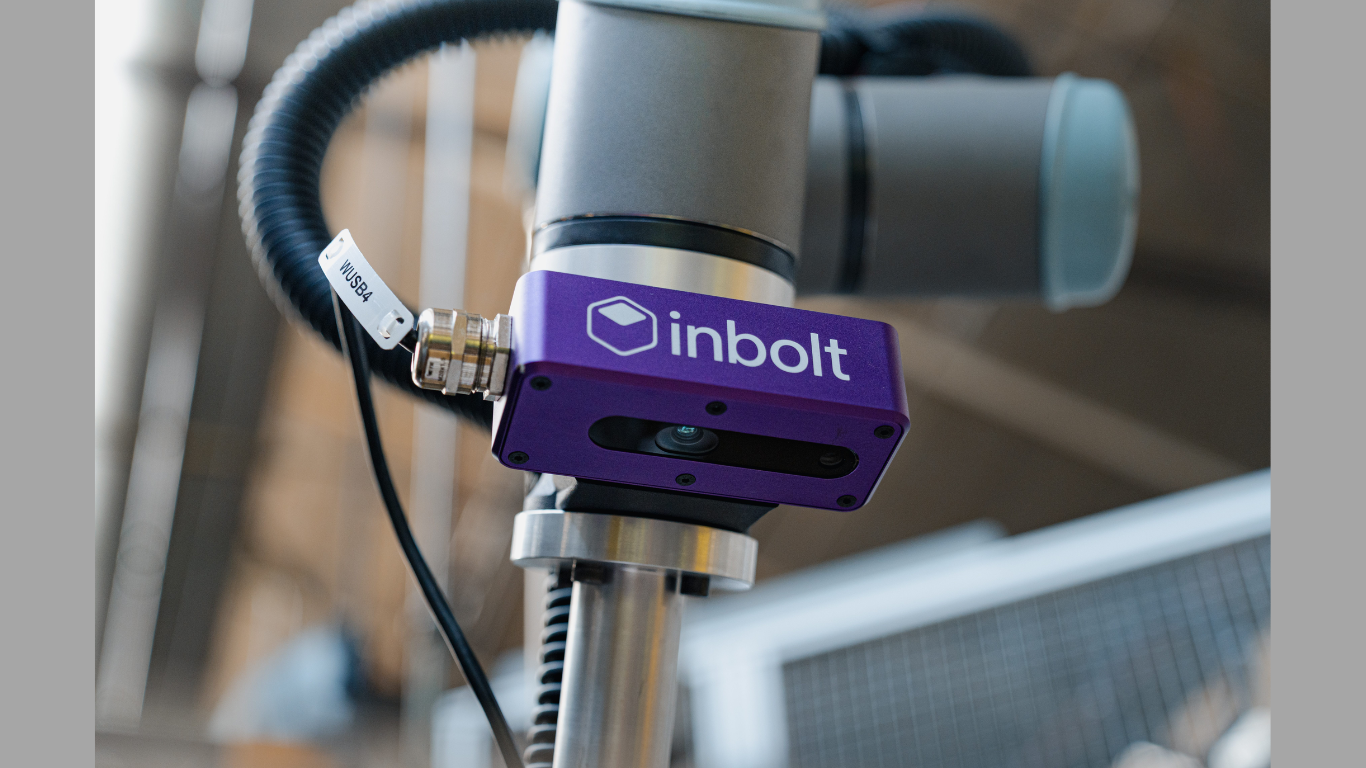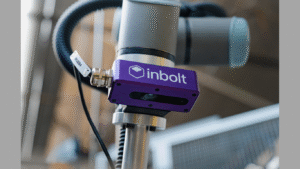Supply chains keep the world moving. When they slow down, everything stalls: production, delivery, and sales. That’s why companies are turning to custom manufacturing. It brings control back into their hands. They can adapt fast, cut delays, and meet demand on their terms.
Traditional methods can’t keep up with constant shifts. Agility depends on flexibility, speed, and precision. Custom solutions deliver all three. From sheet metal parts to finished components, production now meets demand at the pace business requires. The result? Less waste. Fewer bottlenecks. And supply chains that respond instead of breaking.
The Rise of Custom Manufacturing in Modern Supply Chains
Global supply chains once relied on scale. Produce large volumes. Ship worldwide. That model worked when demand was steady. Now, it’s risky. Markets shift fast. Materials fluctuate. Lead times stretch. Standard production can’t keep pace.
Custom manufacturing offers a smarter solution as it redefines supply chain management. It focuses on producing what’s needed, when and how it’s needed. Companies use it to fill gaps quickly, build prototypes on demand, or shift specs without starting from scratch. They stay nimble, even during uncertainty.
Industries that face frequent design changes or unpredictable demand benefit most. Aerospace firms use custom parts to meet strict tolerances without stockpiling. Automotive companies rely on it for quick tooling adjustments during model changes. Medical device makers value speed and precision for product trials. Even consumer electronics brands use custom runs to test limited releases before scaling. In each case, tailored production keeps supply chains responsive and lean.
Leveraging Speed: Rapid Iteration Through Custom Production
Agility relies on quick decision-making and faster execution. Traditional manufacturing slows that down with tooling delays and rigid batch processes. When companies need to respond fast, those delays create risk.
Modern suppliers now make it possible to go from a design file to a finished part in days. For instance, RapidDirect’s sheet metal fabrication service allows teams to upload a design, adjust dimensions, and receive the finished product without long lead times or costly setup. That kind of responsiveness gives companies a real edge.
Quick iteration means better outcomes. Teams test, refine, and update without pausing the entire pipeline. Designs evolve with minimal friction. Engineers stay focused on solutions instead of waiting for parts.
This pace doesn’t sacrifice quality. Instead, it builds a loop of constant improvement. Businesses become more responsive. Products get better, faster. And supply chains remain in motion, regardless of market conditions.
Enhancing Resilience: Customization as a Buffer Against Disruption
Supply chains break down when they rely too heavily on fixed suppliers or distant manufacturers. One delay in shipping or a single missing part can stall production across the board. Custom manufacturing helps reduce that risk by shifting production closer to the point of need.
Instead of waiting weeks for overseas shipments, companies can produce parts locally and on demand. If a design needs tweaking, they can adjust it digitally and rerun production immediately. This level of flexibility prevents small issues from becoming full-blown disruptions.
Localized fabrication also creates a buffer against sudden changes in demand. Teams don’t need to stockpile parts “just in case.” They can produce what’s needed, when it’s needed, and avoid the excess that clogs storage and ties up capital.
Resilience comes from options. When businesses can pivot quickly and maintain flow under pressure, they’re no longer at the mercy of supply chain bottlenecks. They stay ready.
Scalability and Cost Efficiency in Agile Operations
Agile supply chains must scale without waste. Producing too much ties up resources. Producing too little causes delays. Custom manufacturing strikes that balance. It supports low-volume production with high precision, letting companies ramp up or scale down without overcommitting.
Traditional methods require large orders to be cost-effective. Custom solutions work differently. They eliminate the need for expensive tooling and long setup times. This makes short runs viable, even when specifications change mid-cycle.
Businesses can test products in limited quantities, gather feedback, and make improvements before scaling. They avoid the cost of redesigning mass-produced parts that fail to meet expectations.
This model also reduces inventory pressure. Companies no longer need to warehouse thousands of components. They produce what sells, when it sells. That frees up cash, space, and time.
Scalability isn’t always about growing fast. It’s about growing smart. With flexible production in place, businesses gain the control to scale on their terms.
Technology Enablers: Digital Design and Automated Fabrication
Behind every agile supply chain is a set of powerful tools. Digital design platforms and automated fabrication systems make custom manufacturing possible at scale. They replace guesswork with data and speed up every stage from concept to production.
Computer-aided design (CAD) allows engineers to create precise models in hours, not days. These designs feed directly into machines that cut, bend, or shape materials with minimal manual input. Laser cutters, CNC machines, and robotic arms all work from the same digital instructions, reducing human error and turnaround time.
Automation doesn’t eliminate people. It frees them. Teams spend less time on repetitive tasks and more time improving design, testing performance, or solving supply chain bottlenecks.
These tools connect across platforms. A change in design can trigger a production update instantly. That link between digital intent and physical output is what makes custom manufacturing such a strong foundation for modern supply chains.
Future Outlook: Integrating Custom Manufacturing with AI and IoT
Custom manufacturing is evolving beyond fast production. It’s becoming smarter. As Artificial Intelligence (AI) and the Internet of Things (IoT) gain ground, supply chains are shifting from reactive systems to predictive ones.
AI helps forecast demand with greater accuracy. Instead of guessing future orders, companies use data to anticipate them. That allows production teams to schedule custom runs in advance, avoiding both overstock and shortages. Machines equipped with IoT sensors track wear, detect issues, and even reorder materials before downtime occurs.
These technologies also improve traceability. Each part produced can be tracked from raw material to final shipment. If a defect appears, the system identifies where and when it happened. That level of insight wasn’t possible before.
Wrapping Up
Custom manufacturing marks a turning point for supply chains. As unpredictability becomes the norm, flexibility wins. Companies using tailored production methods respond faster, reduce excess, and stay focused on what works. This shift builds supply chains that are responsive, resilient, and built for constant change.
That’s the future: one where production aligns with real demand, and every step forward comes with greater control. Those who adapt early will lead. The rest will follow.
Article received in the mail






























